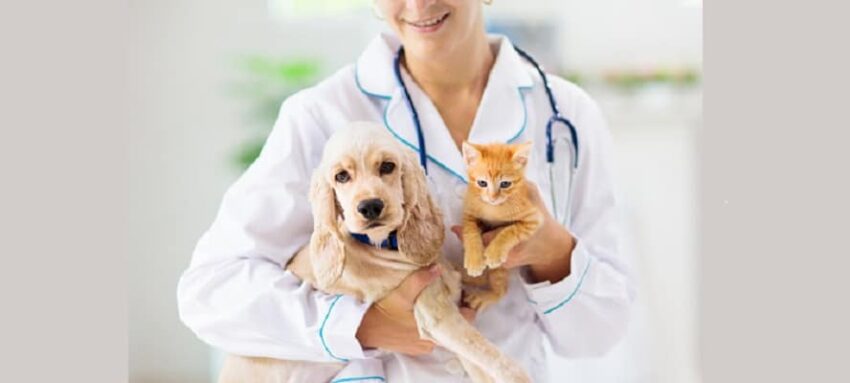The global Animal Healthcare Market Growth is estimated to be valued at US$ 50.45 Bn in 2023 and is expected to exhibit a CAGR of 5.1% over the forecast period 2023 to 2030, as highlighted in a new report published by Coherent Market Insights.
Market Overview:
The animal healthcare market comprises products that provide veterinary care and improve animal health. This includes vaccines, pharmaceuticals, feed additives, and parasiticides. Vaccines help prevent infectious diseases in animals and are widely used in domesticated animals like cattle and pets. Pharmaceuticals comprise antibiotics, anti-inflammatories, and other drugs that treat diseases and infections in animals. Feed additives such as vitamins, minerals, and enzymes are used to enhance nutrition in animal feed. Parasiticides are used to control external parasites like ticks and fleas as well as internal parasites. The growing demand for meat and dairy as well as rising pet ownership are driving the need for improved animal health and welfare.
Market key trends:
The key trend in the animal healthcare market is the shift towards more natural and organic products. With growing awareness about antibiotic resistance and chemical residues in meat and milk, consumers are demanding animal products from healthier livestock that are reared using less chemicals and more natural remedies. This is driving research into herbal and plant-based formulations for veterinary pharmaceuticals and parasiticides. Another trend is the rising adoption of pet insurance which is enabling pet owners to afford better veterinary care and pharmaceuticals for their pets. Vaccine advancements to protect livestock from rare and emerging diseases is also a major trend. This includes thermostable vaccines that don’t require cold chain storage facilities.
Porter’s Analysis
Threat of new entrants: The animal healthcare market requires high R&D investment and regulatory compliance which makes the threat of new entrants moderate.
Bargaining power of buyers: The presence of many private veterinary practices and key players gives buyers moderate bargaining power in this market.
Bargaining power of suppliers: Few leading firms supply raw materials and technology which gives them higher bargaining power over this market.
Threat of new substitutes: No major substitute products exist currently, but alternative treatment methods can be developed in future.
Competitive rivalry: The market consists of global key players investing heavily in R&D, thereby making competition intense.
Key Takeaways
The global animal healthcare market is expected to witness high growth, exhibiting CAGR of 5.1% over the forecast period 2023 to 2030, due to increasing awareness about animal health and rise in livestock population globally.
Regionally, the Asia Pacific region dominated the market in 2023 with a share of over 30% owing to large livestock population in countries like China and India. North America is anticipated to grow at a substantial rate during the forecast period due to supportive government policies and initiatives regarding animal welfare in the region.
Key players operating in the animal healthcare market are Bayer AG, Boehringer Ingelheim GmbH, Cargill Inc., Ceva Santé Animale, Eli Lilly and Company, DSM, Merck & Co., Inc., Novartis AG, Nutreco N.V., Sanofi S.A., SeQuent Scientific Ltd., Virbac S.A., Vétoquinol S.A., Zoetis Inc. These players are investing heavily in R&D to develop innovative products and expanding globally through strategic alliances to strengthen their market position.
*Note:
1. Source: Coherent Market Insights, Public sources, Desk research
2. We have leveraged AI tools to mine information and compile it

